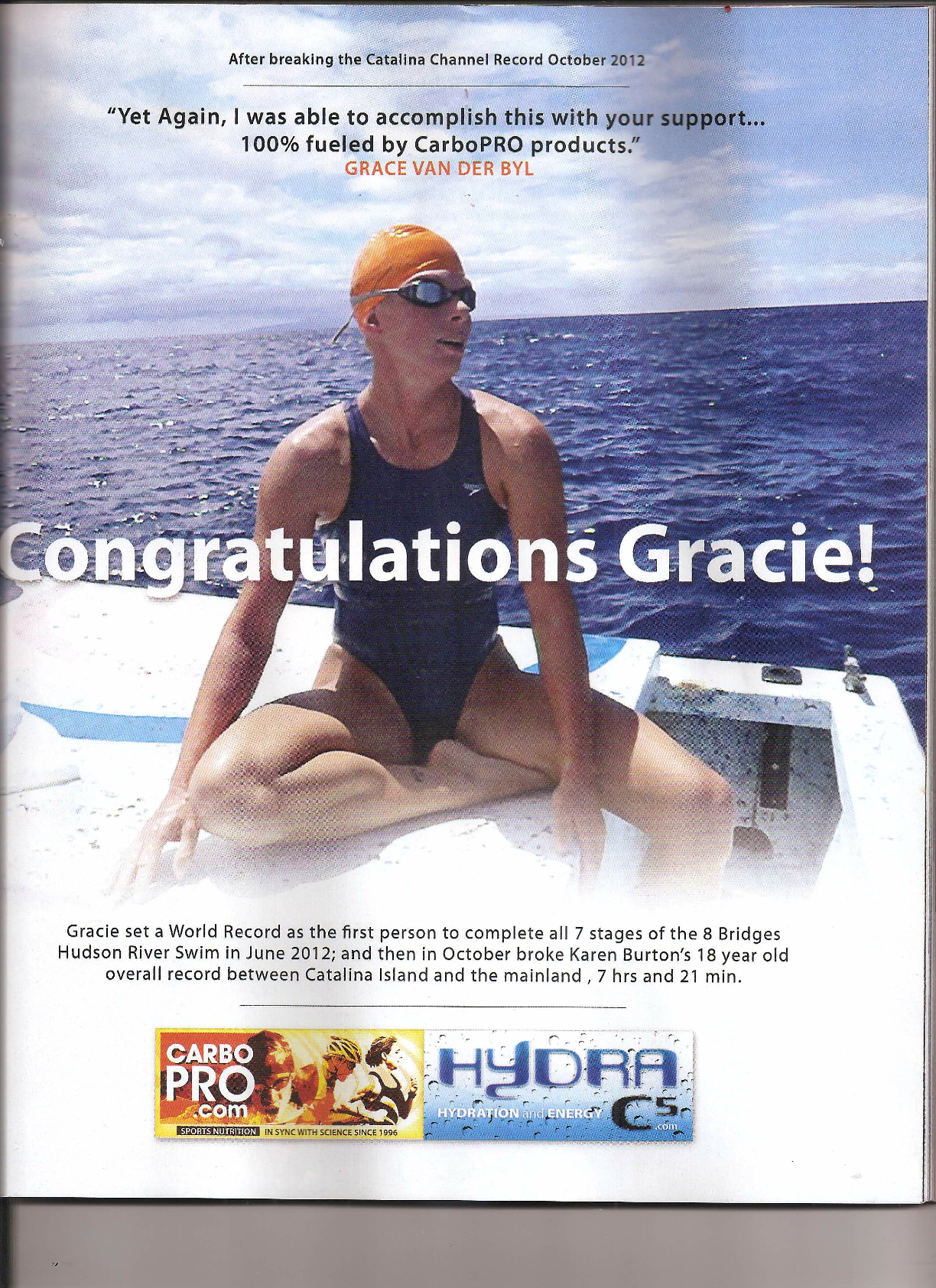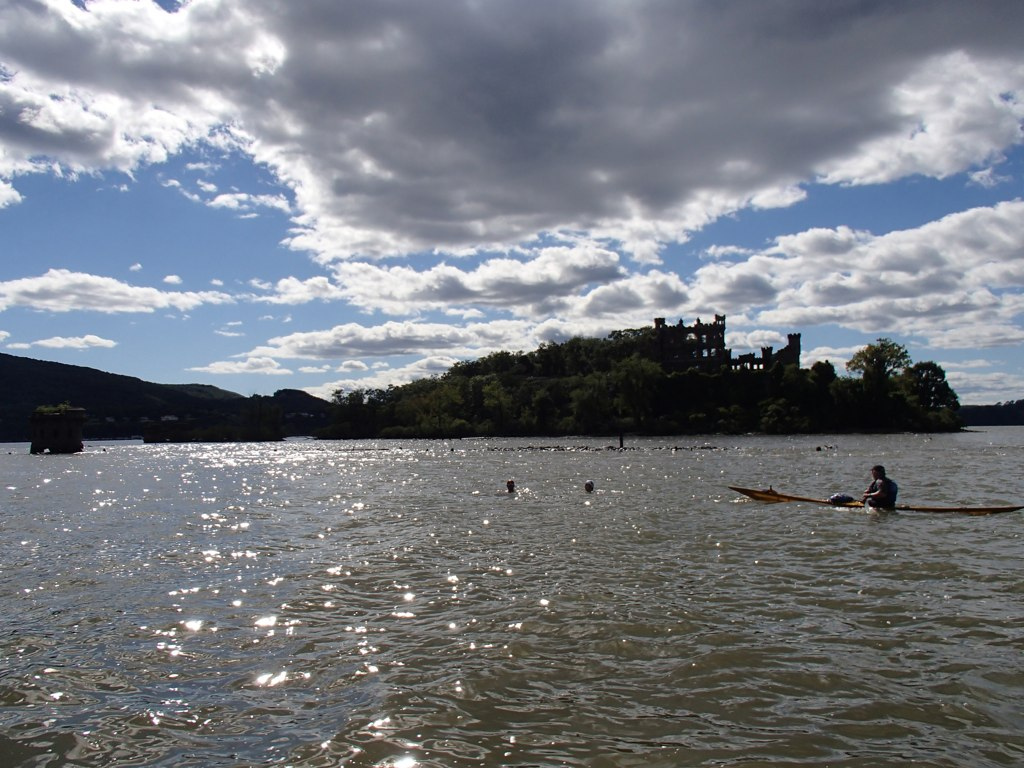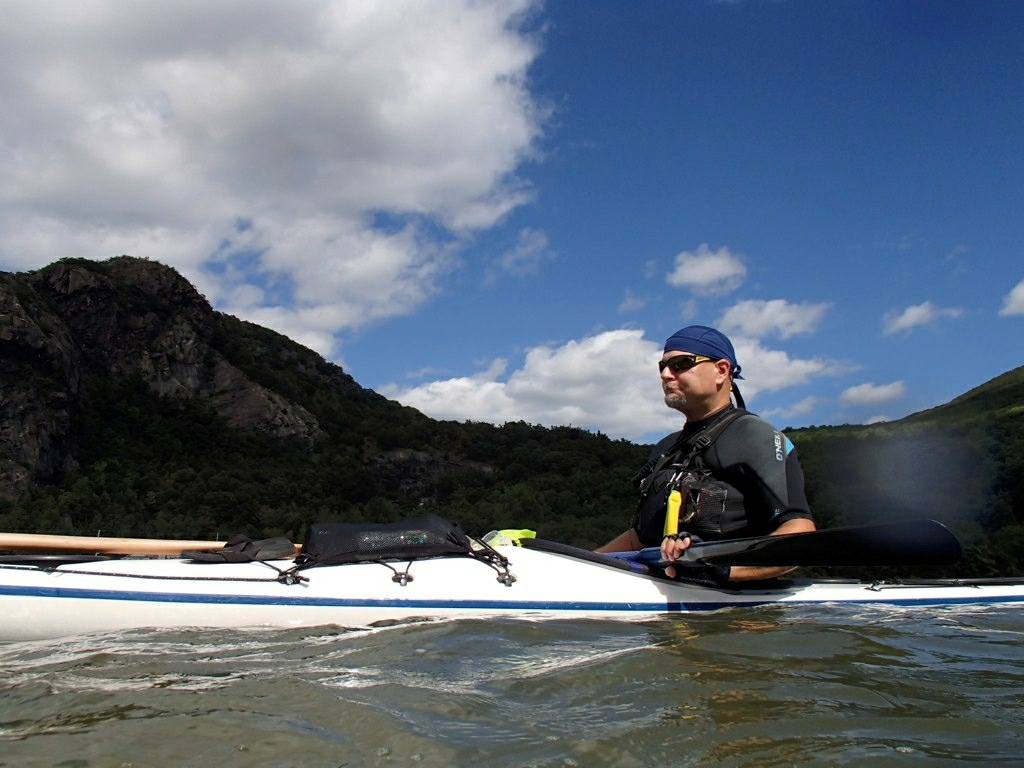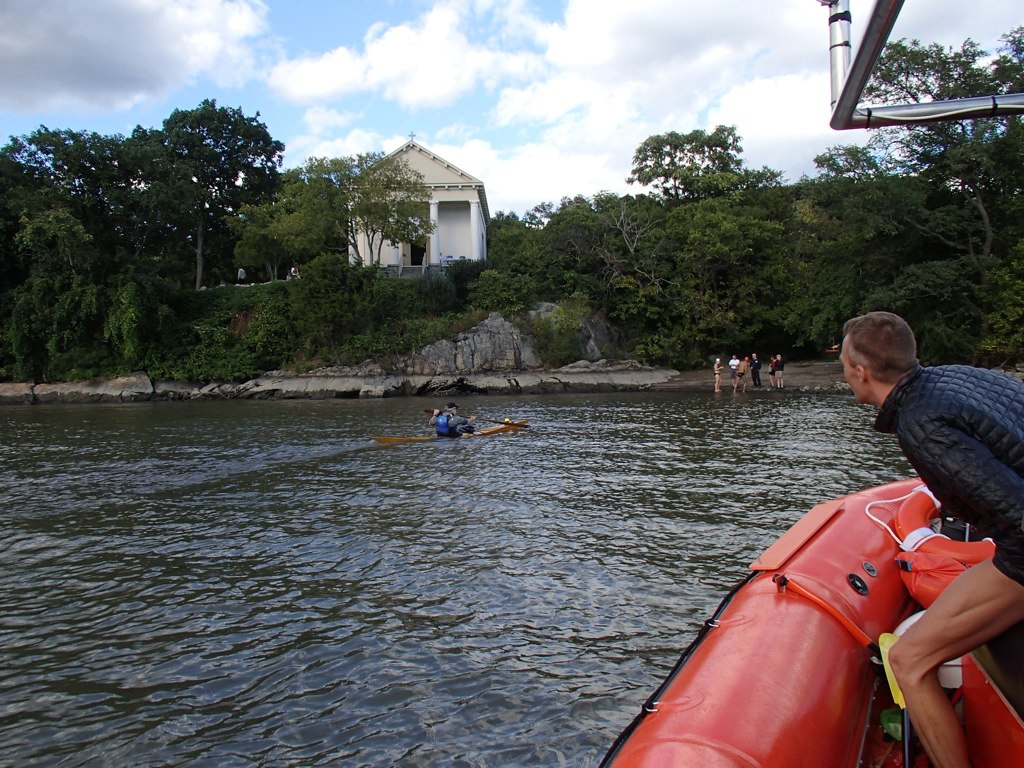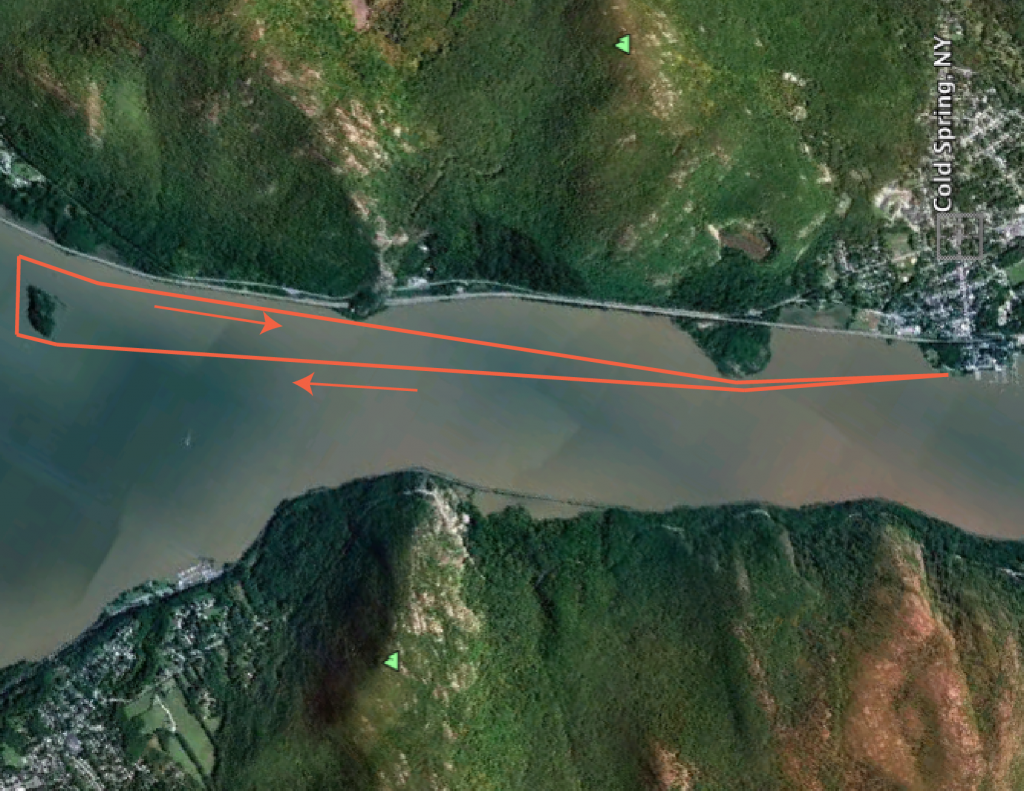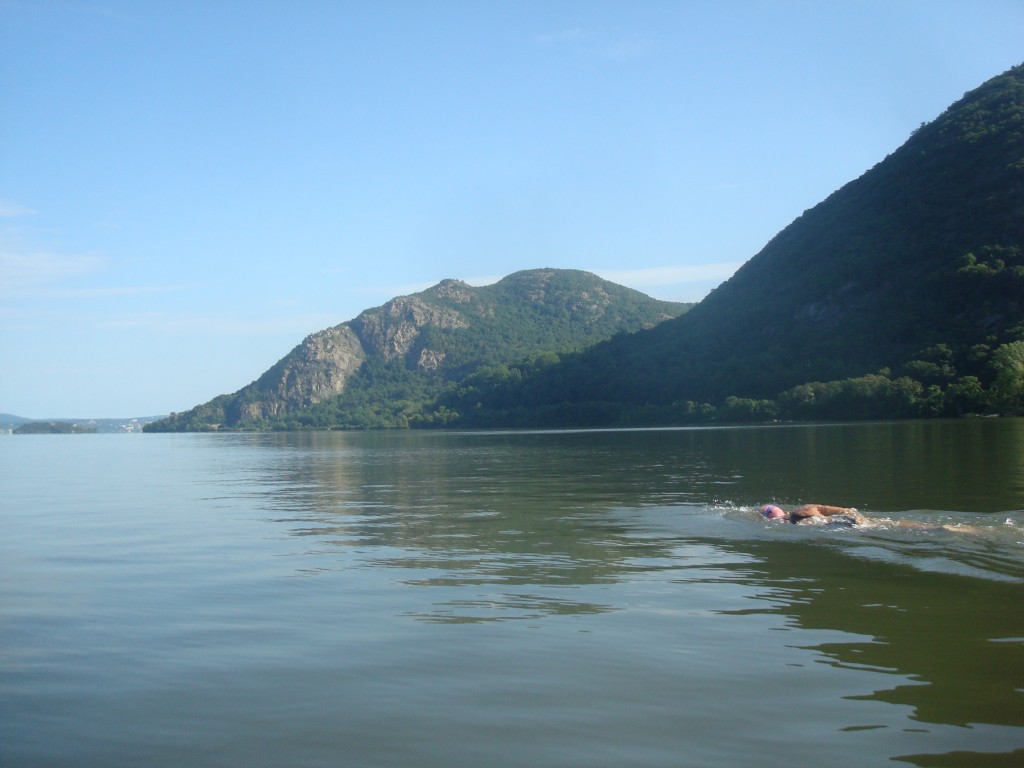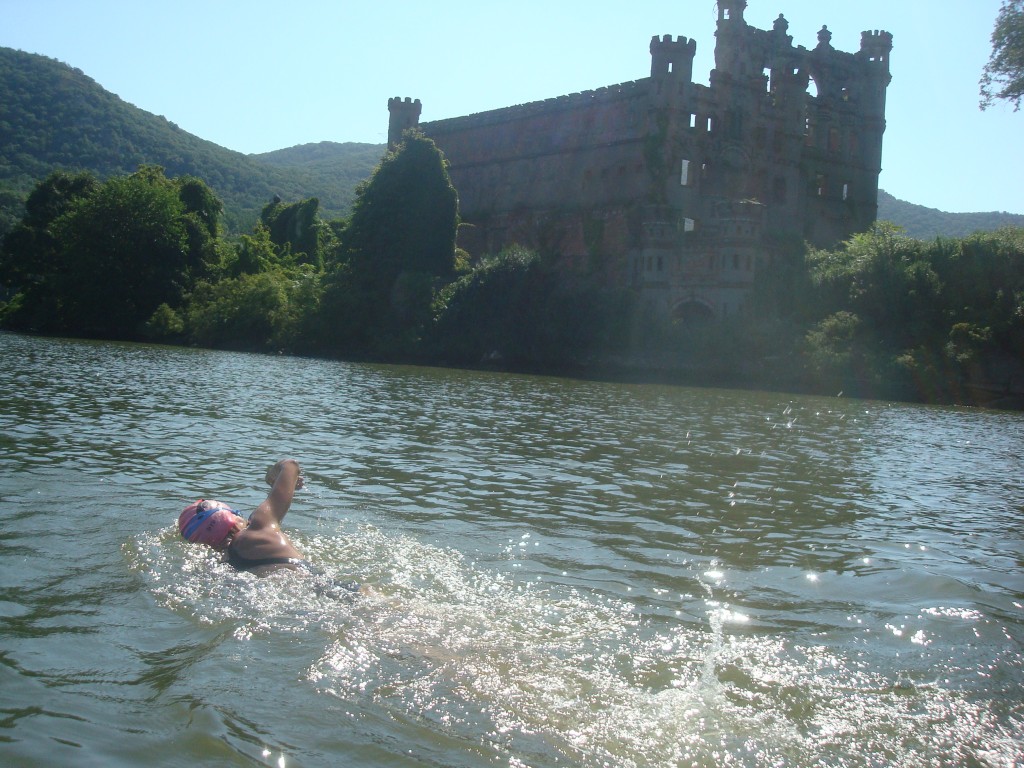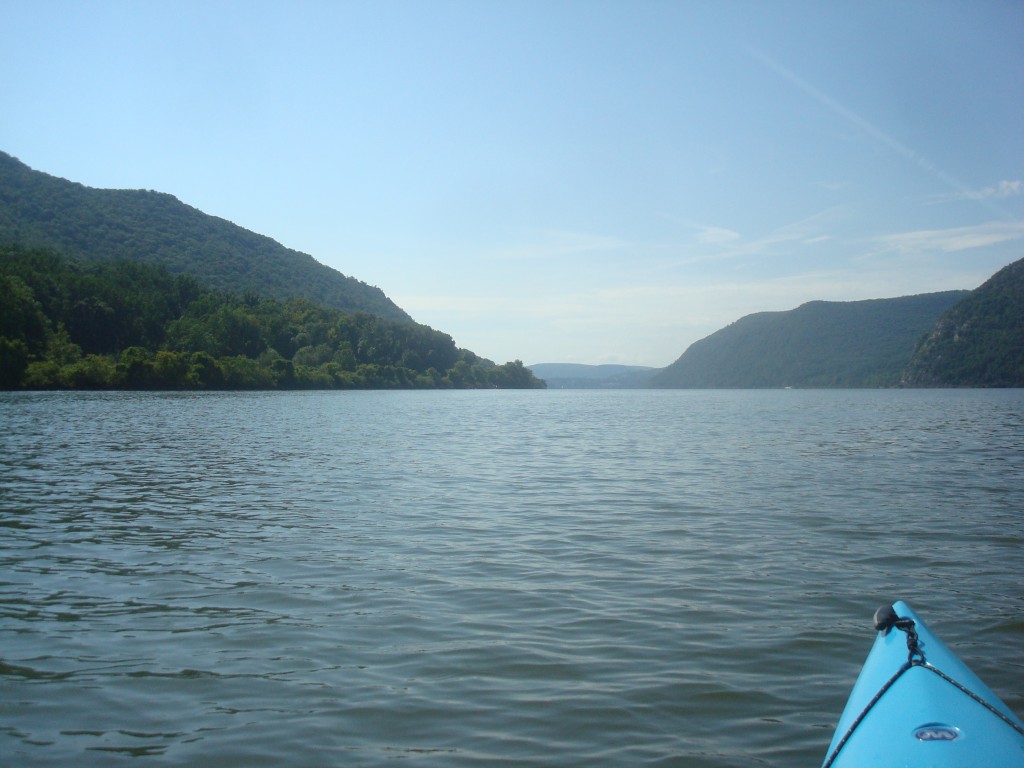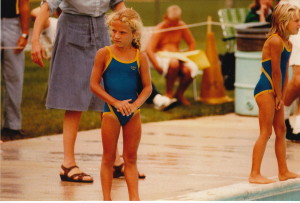
Many people have asked me what my next swim endeavor will be, and when I tell them about 8 Bridges, the first response is, “are you crazy?” followed by “wow, I can’t even swim a lap,” and usually there is an ending like, “gross, you are going to swim in the Hudson? Is it safe?”
Let me address the last comment first. Last year, I participated in Stage 7 of the 8 Bridges Swim. This was 18.1 miles, swimming from the George Washington Bridge to the Verrazano Bridge. I had no idea what to expect but I did know that I would be swimming through New York Harbor. At no point, did I ever feel like I was not in beautiful water. It was not the most pleasant of days – the sun was in and out and the head-on wind chop was not the best, but the water, itself, was lovely. It looked fine, it smelled fine, and it tasted fine (I should know because I drank half of the Hudson that day). The Hudson did not leave me feeling sick afterwards, and I resumed my daily activities the next day. These are some of the feelings and impressions the Hudson, and swimming Stage 7 did leave me with:
I knew I wanted to swim another stage the next year. It was not just the swim itself, but rather the whole experience – and it is an experience. This is not a race, I guess it can be if you want it to be, but it is more a journey. A personal journey with the backing of experienced crew (most of whom are fellow marathon swimmers), helping you to achieve your goal. It is a beautiful exercise in what wonderful things can be accomplished with camaraderie, teamwork, and positive support. The crew was fully engaged through the entire swim and just when I started to fade, Rondi Davies, and John Humenik, after 7 days of supporting and swimming with others, jumped in and gave me the push I needed. They wanted to see me succeed; they wanted me to finish and they made sure I got the mental boost I needed – to know I was not alone.
When everyone was safely on the boat we headed back to LaMarina. Andrew Malinak had completed all 7 stages! He looked tired as he sat by the railing of the boat but he had a look on his face that I can still see – contentment maybe– a combination of words I cannot find to describe his look. He had, not a smile nor a frown. The sides of his mouth curled up slightly as if he was thinking, “it’s done. The journey is over.” At that moment, whether my mind knew before my heart did I cannot say for sure, I knew I had to know what Andrew was feeling, not by asking him but by experiencing it. For me, every long swim has started out by me thinking, “I wonder what that feels like.” Is it painful? Is it tiring? What do you think about while swimming for hours and hours? I’ve learned that while you can ask a fellow swimmer these questions, the experience is different for everyone and sometimes you just have to go through it yourself. As Andrew wrote in his blog about 8 Bridges, some things I will share, some things you will never know.
I will try to write down something about each stage. I will be as honest and raw as I can be, but I think, there are some things you just have to go through yourself to truly understand and know. There is a great deal of uncertainties in Open water swimming. One thing I am certain about is that the crew is top notch. The group of people leading us swimmers down the Hudson will do everything possible to make this an experience we will look back on as fond memories.
I will spare you writing about the logistics of trying to plan for a 7 day swim odyssey but I feel like actually getting everything together and getting to the event is an accomplishment in and of itself!
The picture above is me at age 5 or 6 before a race. The face I am making is how I am feeling right about now. Nerves have been with me and in high gear for the past week. I am told, by my coach and others, that I still make that face before a swim. Those that will be joining me on the Hudson will be seeing that face a lot.

